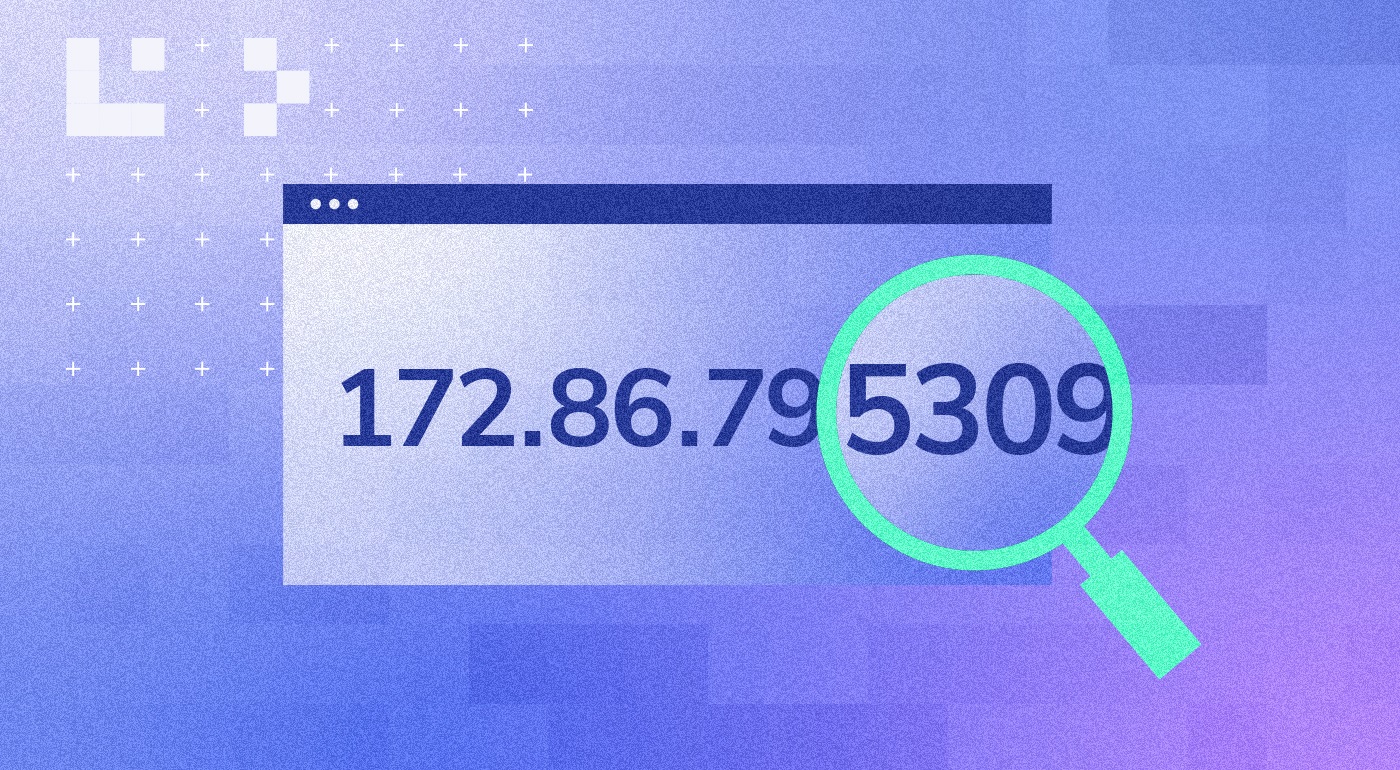IP stressers, also commonly referred to as booters or DDoS-for-hire services, are online platforms or tools that allow users to launch distributed denial-of-service (DDoS) attacks against their chosen targets. These services exploit vulnerabilities in network infrastructure and internet-connected devices to flood a target with an overwhelming traffic volume, effectively disrupting or even entirely disabling the target’s online presence.
The proliferation of IP stressers can be attributed to several factors, including the availability of powerful and accessible DDoS attack tools, the rise of botnets and compromised devices, and the growing demand for these services from individuals and groups looking to disrupt, extort, or harass their targets.
Identifying ip stresser attacks
Recognizing the signs of an IP stresser attack is the first step in mitigating its impact. Security professionals and IT administrators should be on the lookout for the following indicators:
- Sudden and dramatic increase in traffic– The most obvious sign of an IP stresser attack is a sudden and dramatic increase in incoming traffic to a website, web application, or network resource. This sudden spike in traffic is often a clear indication that a DDoS attack is underway.
- Anomalous traffic patterns- The overall increase in traffic, security teams should also monitor for anomalous traffic patterns, such as a disproportionate number of requests from a specific geographic region, a single IP address or a small set of IP addresses generating a large volume of traffic, or a large number of connections being established in a short period.
- Application or service disruptions– As the target of an IP stresser attack is overwhelmed with traffic, the affected applications or services may experience disruptions, such as slow response times, timeouts, or even complete unavailability.
- Security alerts and notifications- Many security solutions, such as intrusion detection systems (IDS), firewalls, and DDoS mitigation services, are designed to detect and alert on suspicious activity that may indicate an IP stresser attack. Security teams should closely monitor these alerts and notifications to identify potential threats.
Techniques for identifying ip stressers
- how does a stresser work? Comprehensive network traffic analysis and monitoring are essential for identifying IP stresser attacks. Security teams should leverage tools and technologies like network flow analysis, packet capture and inspection, and behavioural analysis to detect anomalies and patterns indicative of an IP stresser attack.
- By integrating threat intelligence and leveraging reputation databases, security teams identify known IP addresses, domains, and networks associated with IP stresser services, allowing them to proactively block or mitigate attacks from these sources.
- Setting up honeypots and decoy systems designed to lure and capture information about potential attackers and valuable insights into the tactics, techniques, and infrastructure used by IP stresser operators. Additionally, security teams gather intelligence and better the threat landscape by employing deception techniques, such as presenting fake vulnerabilities or attracting attackers to a controlled environment.
- Analyzing user behaviour and activity patterns to identify suspicious or anomalous behaviour that may indicate an IP stresser attack. Security teams use machine learning and artificial intelligence-powered tools to detect and flag unusual user activities, such as rapid account creation, multiple failed login attempts, or unusual traffic patterns from specific users or user groups.












